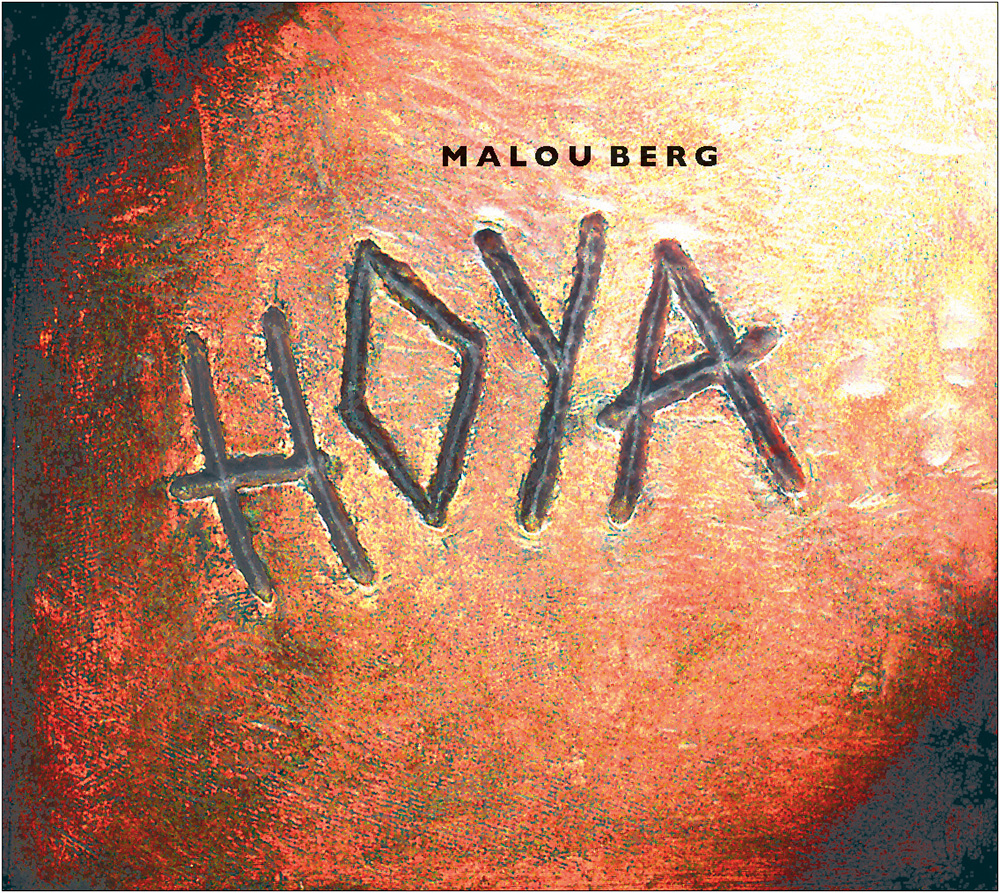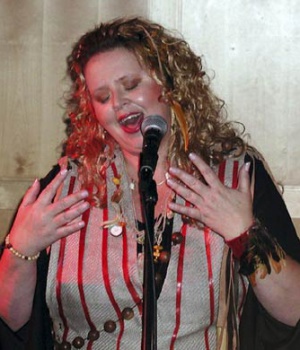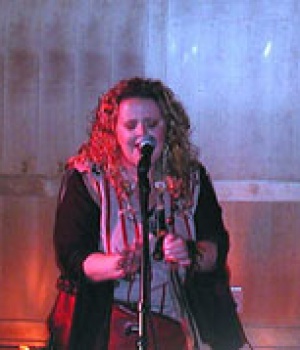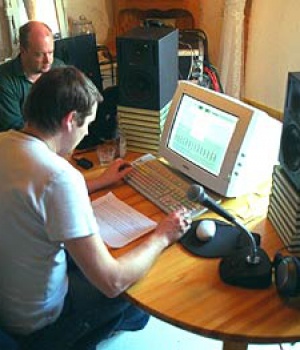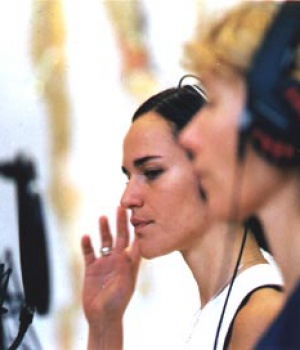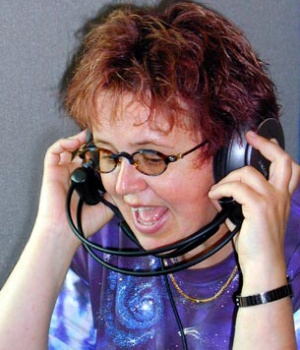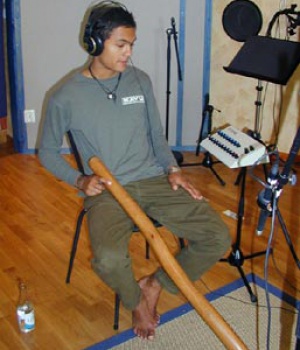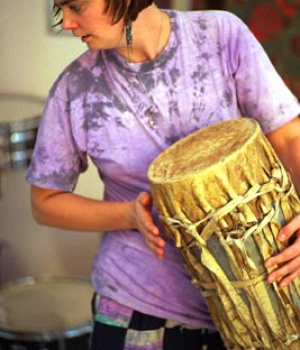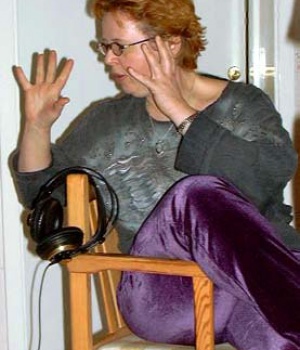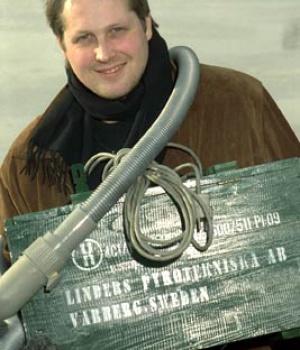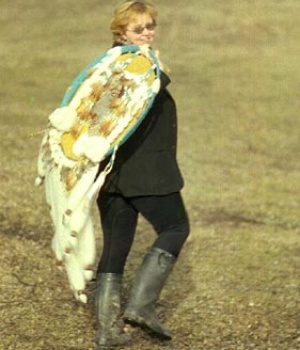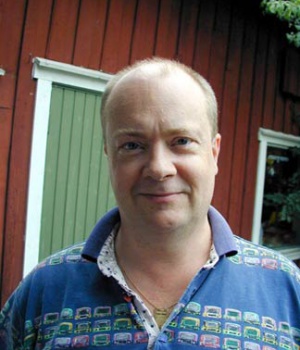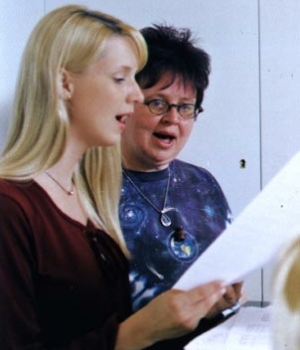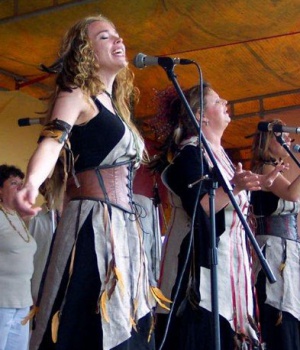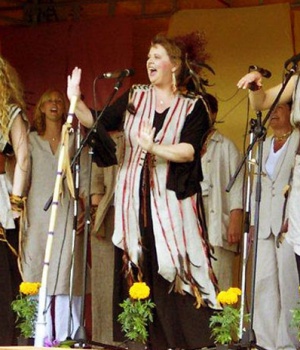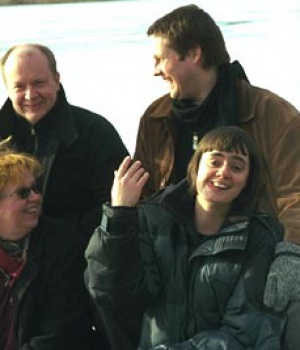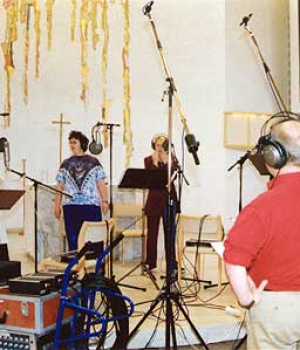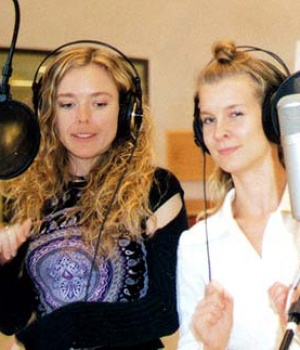HOYA – EARTH, soil, body, origin, Energy of youth
After eons of time
Life descended upon and made fertile
this tiny sphere we call Earth
Earth gave birth to life in many forms
A myriad of species arose and vanished
Then came man…
HOYA is a messenger of life, joy and peace. A musical kaleidoscope that blends primitive rhythms, African drums and ancient songs from the misty mountains of Lapland with key boards, flutes, didgeridoo, acoustic guitar and contrabass. HOYA to the world!
About the recording
HOYA was recorded digitally during the period of March 2000 through February 2001. Originally, I wanted Bernard Löhr (from ‘Den Inre Vägen’) as sound engineer for the HOYA album. However, Bernard’s schedule turned out to be so full that we realized that in order to finish the record in the nearest future, we had to look elsewhere. And a sound engineer ‘appeared’ in the most unexpected way.
One day, when my producer Bosse Westman was driving his car and listening to the radio, he suddenly heard this record being played. He thought it had such a fantastic sound. Bosse called me from his mobile. I called the radio station and got the name of the choir leader, and he gave me the name and the phone number for the sound engineer – Lars Nilsson in Gothenburg. After talking to him, and listening to the record Bosse had heard, we agreed that we had found the sound engineer for HOYA.
Lasse brought with him new possibilities. He was a very ‘mobile’ technician, and could move quickly with all of his equipment. This meant that we were free to record almost anywhere, which is what we did. For instance, we recorded all of the African percussion at my farm, in my mothers summer cottage, in her living room and kitchen. The recording equipment was set up in the bedroom. And the choir was recorded in the wonderful Maria Church in Skogås outside Stockholm.
In addition, we recorded digitally directly onto hard drive. This meant that I had to learn a new way of working. At previous recordings the music or the background instruments were recorded all at once. After that we would make additions if needed.
Before the HOYA-recording, Bosse, Kristina Aspeqvist (African percussion) and I met and discussed rhythm and arrangement. Kristina played at the premiere concert of HOYA, and she, Bosse and I collaborated when HOYA was going to be performed again, so all of us were familiar with the material. Unfortunately, Kristina came down with tinnitus during the summer of 1999 and we didn’t know whether or not she would be able to go through with the recording. But with thick earplugs and a lot of rest between the sessions, she managed very well.
Bosse arranged and recorded the backgrounds on his computer at home. Kristina added her percussion during the following recording period. At the next session we laid down all the choir tracks. And after that I sang my soloist parts. Then came flute, didgeridoo, acoustic guitar and finally some contrabass.
The mixing was also different from before. It was done in Gothenburg in Lasse’s studio. First we did a rough mix, which Lasse then burnt on a CD and sent to us. We listened, jotted down notes, and discussed everything that we thought should be changed. Then we went back to Gothenburg for a new mix and a new round of discussions. This procedure went on for a while.
If you don’t have a deadline, or a release date for the record (which we didn’t) the mixing can easily be dragged out too long. But it has its advantages. You have time to think, to listen several times, on different CD players, from different stereo systems, before you make a decision. But on the other hand it’s easy to get hung up on the details and lose the whole picture. Bosse and I listened in different ways, but we complement each other in a good way. He is much more scrutinizing that I am and he has an incredible ability to find weak points in the mix. Although I must say that at the end, I was so impatient that I felt like jumping up and down on the spot (It has to be finished now!). At the same time I realized that the small details are important. Well, working in this way we had time to make the changes that one otherwise just talks about after the mix is done and the record is released.
All in all, the collaboration worked very well with the whole team, and I especially would like to thank Bosse and Lasse for their invaluable and professional input.
Malou Berg
25th April 2001
Credits
Kristina Aspeqvist: african percussion
Bo Westman: keyboards and percussion
Malou Berg: vocal and choir
Berit Andersson: choir
Eleonor Johansson: choir
Hanna Wanngård: choir
Kerstin Ryhed Lundin: choir
Pernilla Andersson: choir
Björn J:son Lindh: flutes
Said Belhaj: didgeridoo
Per Hovensjö: guitar
Stefan Wingefors: contrabass
Recorded 2002 in Snäcksjön in Roslagen, in Maria church outside Stockholm,
First Take Studio in Stockholm and in Nilento Studio in Gotenburg.
Music and lyrics: Malou Berg
Arrangement: Bo Westman
Choir arrangement: Malou Berg
Sound engineer: Lars Nilsson
Additional engineer: Ulf Kruckenberg
Mix & Master: Lars Nilsson at Nilento studio.
Drum arrangement in Gaia Donna: Kristina Aspeqvist
Cover design: Sune Selander, Selander Design AB
Photo of Malou: Eva Nevelius
Photos from the recording: Malou Berg, Bo Westman, Gerrie Warner
Cover photo: Sune Selander
Layout: Sune Selander, Selander Design AB
Pernilla Andersson appears courtesy of EMI
Press
Västerbottens-Kuriren, August 28, 2003
(Jan Westerlund)
“Malou who has been working with everything from pop via cabaret and ballads to gospel and hymns – now comes up with something resembling a mass, type Missa Criollis.”
Dalabygden August 8, 2003
(Anki Enevoldsen)
“Anyone who wants to listen to a pallete of musical colours with a mixture of primitive rhythms, African drums and ancient songs from the mountains of Lapland ought to listen to Malou Berg’s latest record HOYA.”
“HOYA is a messenger of life, joy and peace. All you have to do is allow yourself to be embraced by the sound, captivated by the rhythms and filled with the energy of the music.”
Uppsala nya tidning, 3/7-2003
(Josef Nylén)
”Music that crosses borders.”
”… sound that symbolizes the four elements earth, air, fire and water in order to enhance everything both physically and terrestrially.”
“… This is about mankind on earth. From the origin, the very beginning of time…”
Stimnytt, 2003
“This music is fabulous… it is wonderful when you want to slow down, to listen to in the car.”
Sundsvalls tidning, June 23, 2003
(Stefan Forsberg)
”Malou Berg might be one of our most underestimated singers.”
“And still there is a kind of therapeutic effect with space and calm.”
Uppsala nya tidning, June 13, 2003
(Ulf Gustavsson)
”Malou Berg has already attracted international attention with her Hoya record.”
“… an impressive suite of clear and simple melodies…”
“Many passages of Hoya are like a dancing ritual of joy, free and light. It has, however, also something ancient and suggestive, like an echo from a developing stage long before the nations split up the earth between them.
Smålandsposten, June 12, 2003
(PO Åstrand)
“Malou Berg has a solid background as a singer behind her within both pop, gospel and choir music. Here she is doing something completely different, something difficult to name and, unfortunately, also difficult to accept.”
Dala Demokraten, June 11, 2003
(Lennart Götesson)
”This is music that belongs everywhere or nowhere. It becomes beautiful and captivating.”
“Malou Berg surprises, breaks limits, builds bridges. This is a record for Sweden and for the whole world. It is music to take to your heart and feel.”
Folkbladet, May 31, 2003
(Sara Schüldt)
“I feel much too great resistance towards ethno-soup with “yoik”, African drums and pan pipes.”
Kristianstadsbladet, May 24, 2003
(Anders Mårtensson)
”Colour and peace is also what Hoya says about the life and music of Malou Berg.

